Redfern Now (ABC)
For many Australians, the Sydney suburb of Redfern is synonymous with the race riots that occurred there in 2004. Footage of Indigenous youths in combat with police near the Block (an enclave of homes owned by the Aboriginal Housing Company) filled the nightly news. Sparked by the death of Indigenous teenager Thomas Hickey in a police chase, the riot escalated tensions that had long been simmering. Now the infamous suburb is hitting Australian screens again in the six-part drama series Redfern Now, which premièred on ABC1 in November, showing day-to-day life beyond the media reports.
Much like the slow road to political reconciliation, we have had to wait too long for Indigenous stories to enter the realm of Australian film and television – let alone ones produced by Indigenous people. It was not until the 1990s that the first Aboriginal directors, including Tracey Moffatt (Night Cries, beDevil) and Rachel Perkins (Radiance, One Night the Moon), emerged; they paved the way for artists like Ivan Sen (Beneath Clouds, Toomelah) and Warwick Thornton (Samson & Delilah) in the 2000s. Moreover, Indigenous cinema has only recently penetrated mainstream consciousness, with Wayne Blair’s The Sapphires set to become the highest-grossing Australian film this year.
Continue reading for only $10 per month. Subscribe and gain full access to Australian Book Review. Already a subscriber? Sign in. If you need assistance, feel free to contact us.



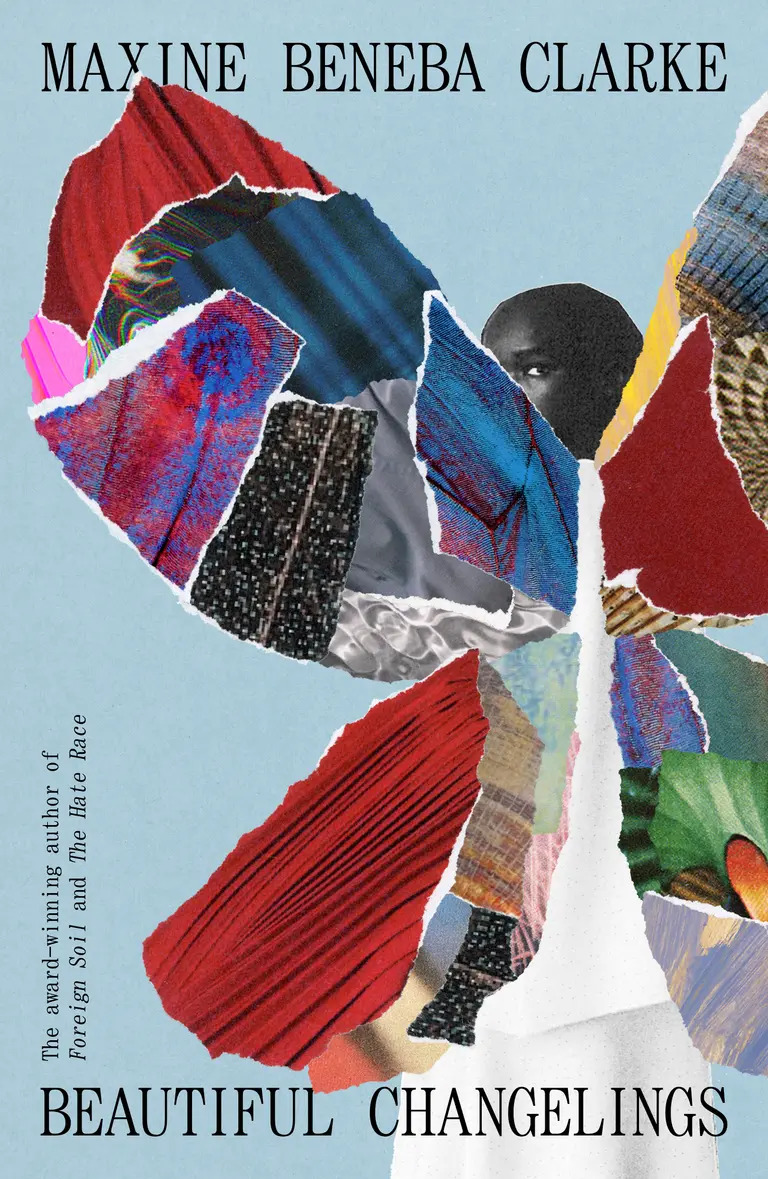

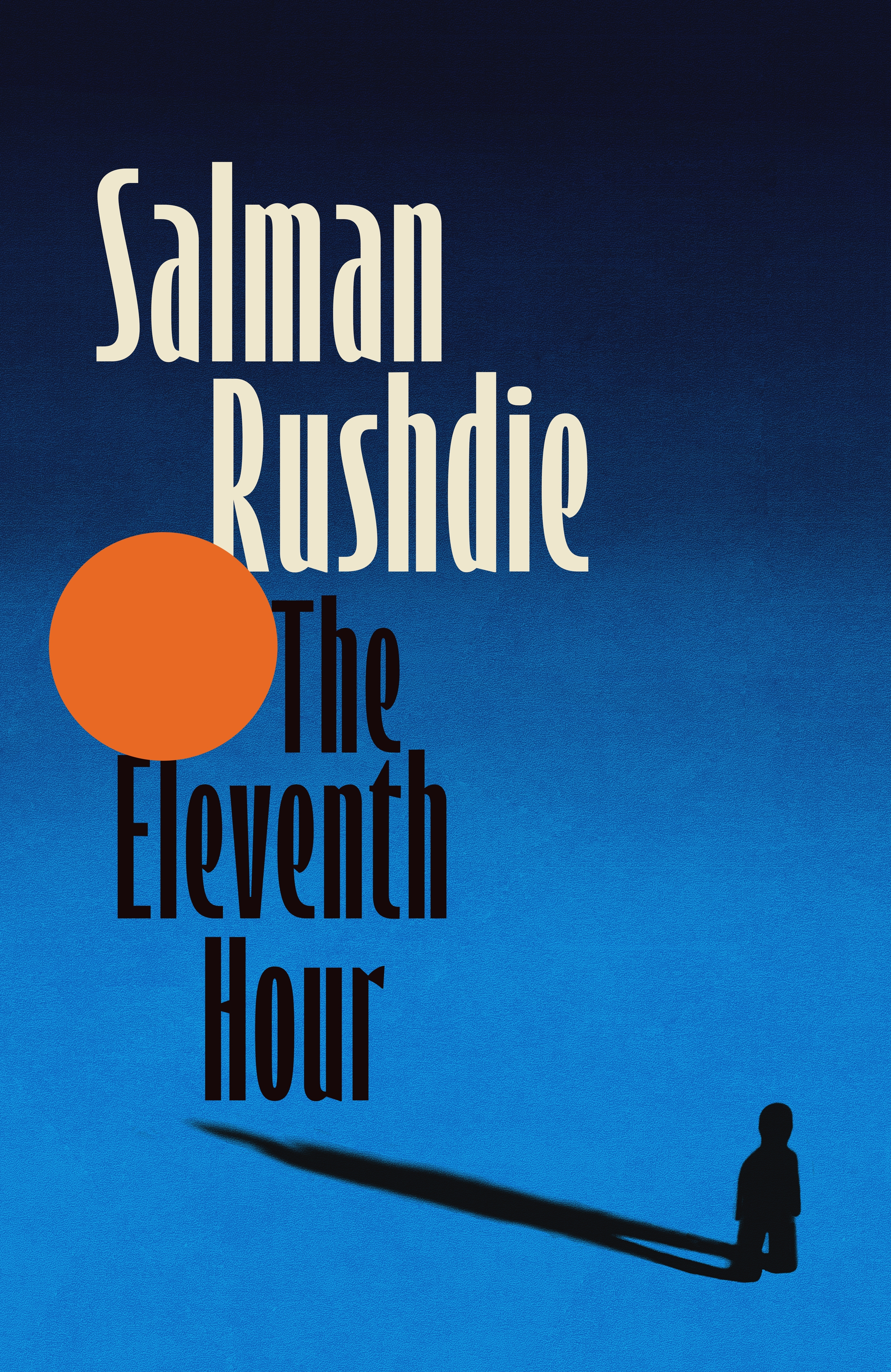
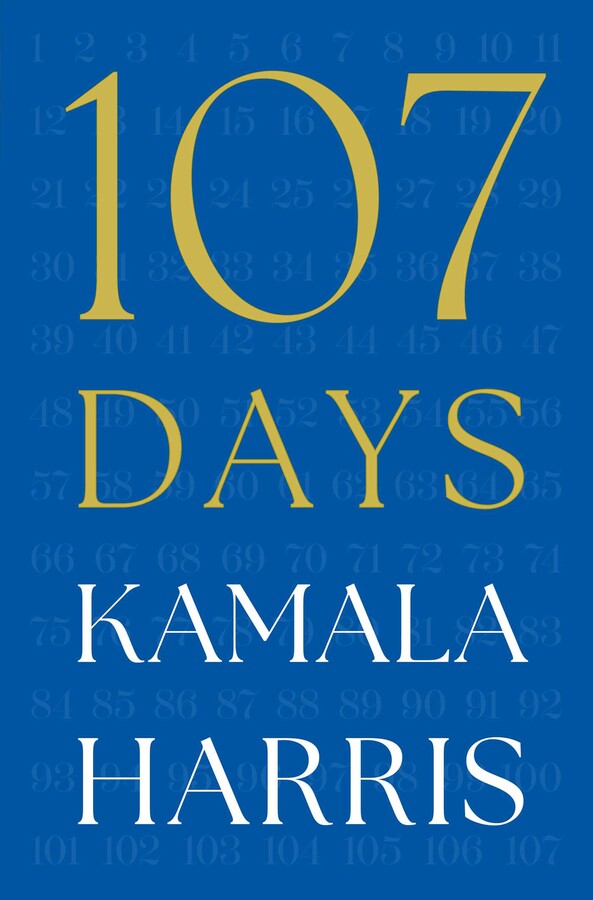
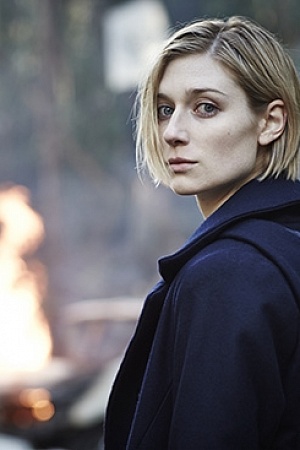
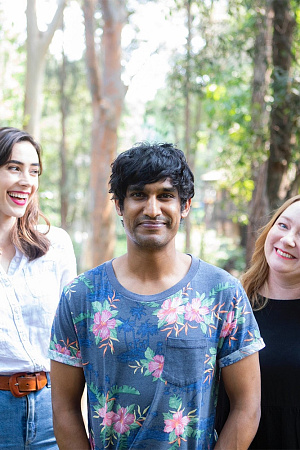
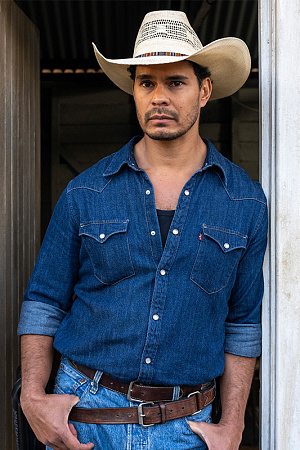
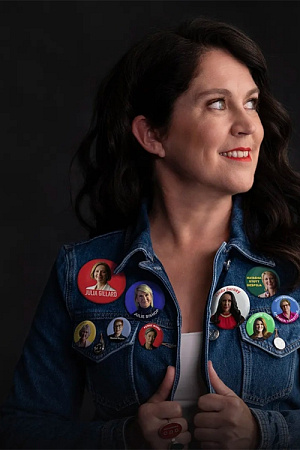
Leave a comment
If you are an ABR subscriber, you will need to sign in to post a comment.
If you have forgotten your sign in details, or if you receive an error message when trying to submit your comment, please email your comment (and the name of the article to which it relates) to ABR Comments. We will review your comment and, subject to approval, we will post it under your name.
Please note that all comments must be approved by ABR and comply with our Terms & Conditions.